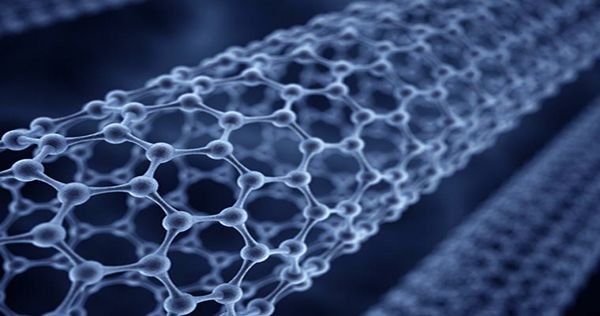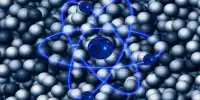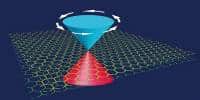You’re in luck if you’ve ever wondered if you’ve added Bird Pope to graphene and tested its lightning resistance. “Will any of the rubbish we put in Graphene increase the effect of its electronic cycles?” A non-peer-reviewed perspective article titled (yes its original title) highlights what the authors say is “meaningless graphene never-ending co-doping,” Published in ACS Nano Journal.
The University of Toronto and University authors argue that adding carbon (such as a dopant) to any single layer of carbon improves the efficiency of accelerating electrochemical reactions (electrocatalysis) by proving that the paper is churning, Department of Chemistry and Technology, Prague. Instead, they believe that “researchers should focus their energies on other studies” and understand the basics of the electronic power efficiency of matter.
Graphene is strong, conductive, and almost transparent – a feature that constantly attracts scientific attention. However, its “once fantastic” electrical power has been described as so fantastic. Thus, in the pursuit of science to “make graphene great again” the element has been repeatedly doped with an array of elements including nitrogen (N), sulfur (S), phosphorus (P), boron (B), etc. to enhance its role as an electrocatalyst. These are used to improve the efficiency of oxygen reduction (used in fuel cells) and hydrogen evolution (used in electrolyzers).
Writer Lu Wang, Zedenek Sofer, and Martin Pumera, who acknowledged their research, also did nothing to contribute to the search for an effective graphene dopant, “One could only exaggerate by saying that if we spit on graphene, and it turns out to be a better electrostatic.”
So, to cut the “crap” of graphene doping, the team literally added crepe, specifically guano (bird pop), to experiment with graphene and its electronic cycle effects. Encouraged by chickens in the Czech Republic, the bird poppy was mixed with graphene oxide, which was produced in two different ways and has similar properties to graphene.
The researchers found that bird flu added extra N, S, and P to graphene, which, you guessed it, made graphene more electrically charged than non-doped graphene. The point of the paper was not that people could start using guano -doped graphene instead of platinum in fuel cells and electrolyzers (although if that happened, “ guano could again become a valuable and ultimately exploratory product” – see their reference 35-38).
“Stopping the duping madness at the point,” Prime told Chemistry World, was the subject of Martin Pumero, co-author of the essay, University of Chemistry and Technology. He added, “My goal was to inspire people to be more critical in general and I hope I have succeeded at least a little bit.”















